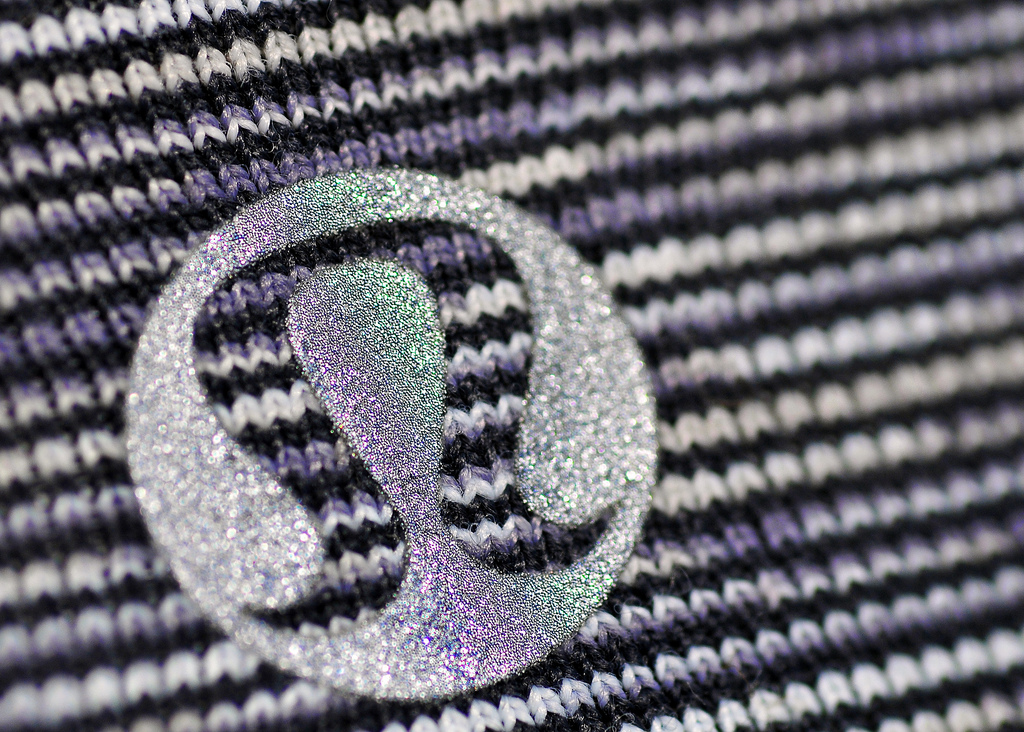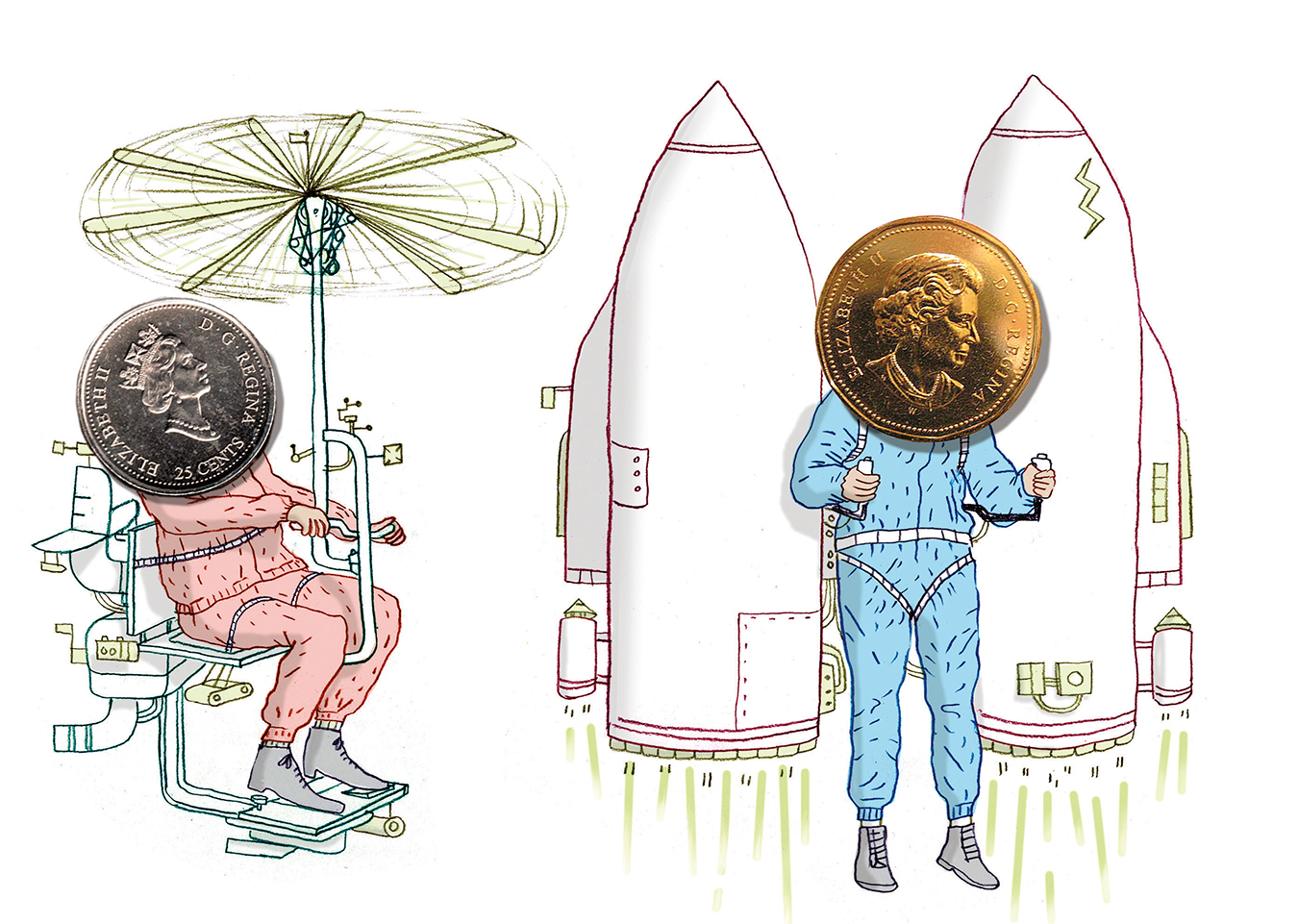Lululemon’s Trials
Annus horribilis redux.

No matter how it finishes, a bad year holds one consolation: eventually, it ends. Except when it doesn’t. Case in point: Lululemon Athletica, the Vancouver-based yoga apparel maker that made “downward facing dog” a phrase as permissible in polite company as not.
For Lululemon, 2013 was a year to forget. In March, the Internet went abuzz with news (and more than a few photos) of how the company’s black stretch-fitted Luon pants showed off more athletic prowess than many customers intended. The subsequent recall took 17 per cent of Lululemon’s product out of circulation and resulted in a $17.5-million inventory writedown. The company’s decision to beef up the executive bonus pool prior to the recall led to a highly-publicized lawsuit by a U.S. pension fund. Such troubles led in turn to the sudden departure of CEO Christine Day in June—a move that played a part in another multi-million dollar class action lawsuit by investors who felt sideswiped by the sudden move.
If all that weren’t enough, late in the year, company founder and former CEO Chip Wilson took it upon himself to acerbically suggest that the whole hullabaloo about sub-par pants was more a function of thigh gap than quality control. In so doing, Wilson achieved what might be called the trifecta of bad PR: offending almost everybody who has worn, is wearing, or will one day buy anything from his company.
While foot-in-mouth disease is rarely a fatal condition for a corporation (the same can’t be said of executives: Wilson stepped aside shortly after his interview), it seems Lululemon’s other ailments will require a stronger dose of medicine. On January 13, the company kicked off the new year with a profit warning, admitting it has seen “traffic and sales trends decelerate meaningfully.” By the end of the day, so too had the stock price, dropping 16.6 per cent in a single day.
To some market-watchers, such problems are merely bumps on the road to world domination. After all, the company has put on a master class in brand building, melding a 2,500 year-old form of exercise with a trendy, left-coast attitude to create one of the most recognizable brands on the planet. Devoted customers and brand zealots insist there is a certain je ne sais quoi about Lululemon—its culture, its mission, its devotion to employees, its “good guy” corporate vibe—and looking at how the company’s revenues have grown over the years, it seems they’re willing to ante up to be a part of it.
But can “brand-as-business” overcome basic executionary missteps? Can the idea of a product (or an entire company, for that matter) overcome the reality? Marketing gurus spend much time preaching the gospel of brand, touting corporations such as Coca-Cola, Apple, and McDonald’s as examples of how brand as a concept can become the bedrock of corporate strategy, but as everyone on the sales floor surely knows, branding is a bit like climbing K2: the journey down is a heck of a lot easier than the journey up. When $100 pants that rip, pill, and turn transparent become as much a part of your brand as soothing in-store graphics and Deepak Chopra-esque quotations on shopping bags, can further trouble be far behind? We’ll find out in about a year.
Photo by Jason Michael via Flickr.








